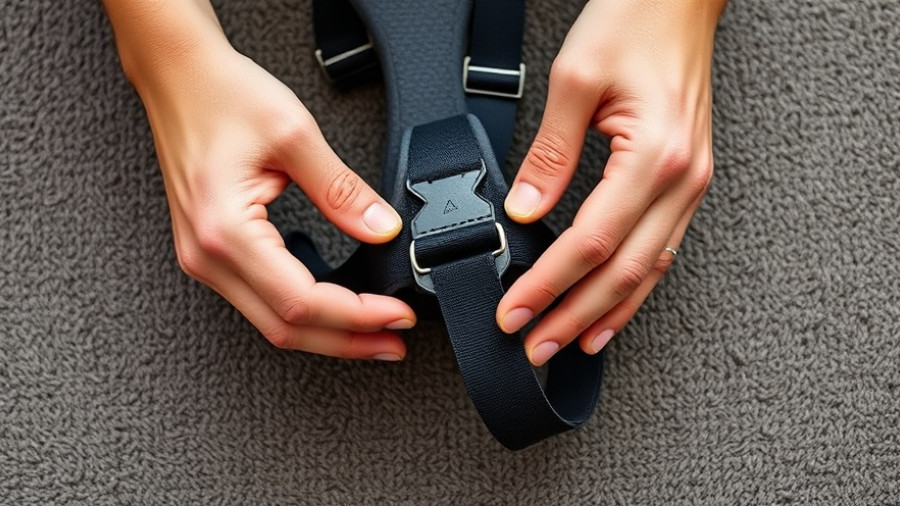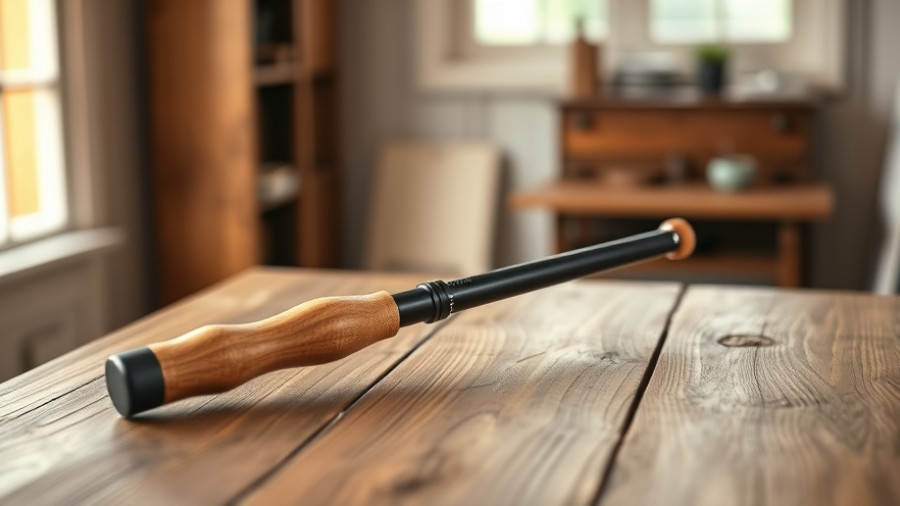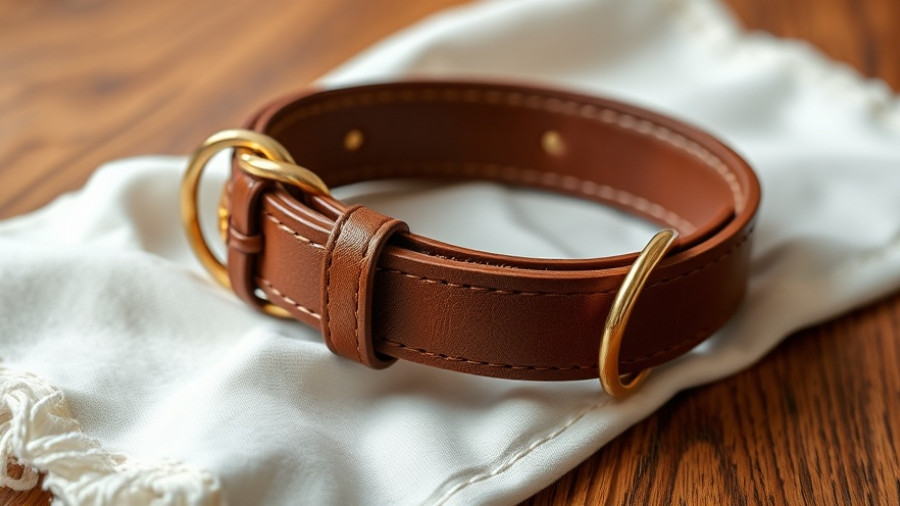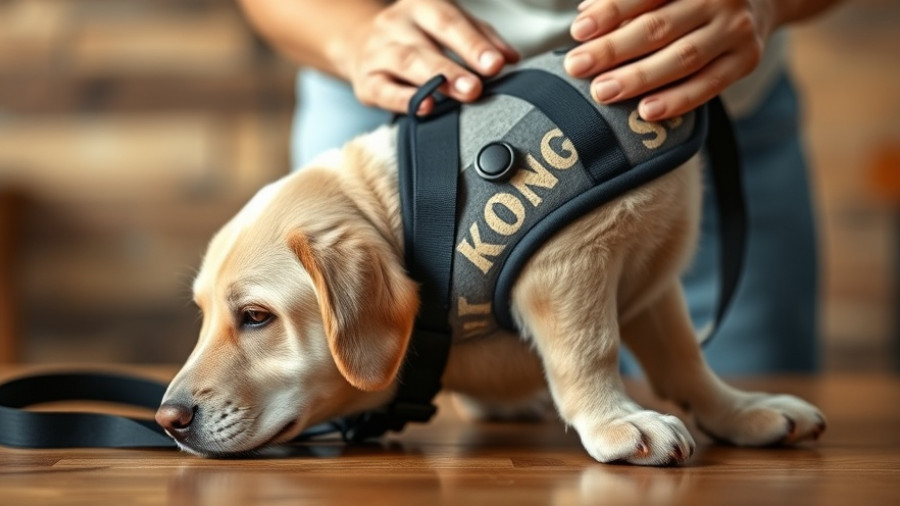
Choosing the Safest Harness: The Essentials
When it comes to keeping your dog safe during walks, choosing the right harness is crucial. A poorly fitted harness can lead to serious injuries for your pet, while also compromising your ability to maintain control during outings. Here’s a guide that highlights essential features and types of harnesses that ensure your dog’s safety and comfort.
Types of Dog Harnesses
Understanding the different types of dog harnesses available is the first step in making an informed choice. Among the many options, three reign supreme:
- Front-Clip Harnesses: Great for dogs that tend to pull, these harnesses attach the leash at the chest, redirecting a dog’s forward momentum toward the owner. This natural steering method helps discourage pulling while ensuring the dog remains comfortable.
- Back-Clip Harnesses: Best suited for trained dogs who walk well on a leash, back-clip harnesses distribute leash pressure evenly across the chest, making walks more enjoyable. They are especially beneficial for flat-faced breeds that can suffer from breathing restrictions.
- Dual-Clip Systems: Offering versatility, these harnesses feature both front and back attachment points. They allow owners to start with a front clip for control and transition to a back clip for more relaxed walks once the dog learns not to pull.
Key Safety Features to Look For
Alongside the harness type, consider these safety features that can make a significant difference:
- Padding: High-quality harnesses should include thick padding, particularly on areas that touch your dog's body, like the chest and underbelly. Look for a minimum of 10mm padding made of neoprene or memory foam to prevent bruising or chafing.
- Visibility: Opt for harnesses that include reflective strips or bright colors which enhance visibility during twilight walks. This feature drastically reduces the risk of accidents in lower light conditions.
- Adjustability: A harness that accommodates your dog’s body is essential. Multiple adjustment points ensure a snug yet comfortable fit, reducing the chance your dog can escape while providing ultimate comfort during movement.
Properly Fitting Your Dog’s Harness
To ensure your dog gets the most out of their harness, fitting is key. Bring your dog along when purchasing a harness if possible. Measure the base of the neck and the widest part of the chest, using a soft measuring tape for accuracy. A good rule of thumb is that you should be able to fit two fingers between the harness and your dog’s skin, ensuring it's snug but not too tight.
Additional Care and Maintenance Tips
Maintaining the cleanliness and condition of the harness is equally important. Regular inspections for frayed straps, cracks in hardware, or lost padding should become routine. Many harnesses are washable, but follow the manufacturer’s recommendations for cleaning specific materials. Keeping your dog’s harness clean not only fosters hygiene but can prolong the lifespan of the product.
Conclusion: Empowering Your Walks
A safe and comfortable dog harness empowers both you and your dog during walks, ensuring enjoyable outings without the risk of injury. Take the time to choose wisely, and be proactive in maintenance. Incorporating a well-fitted harness into your daily routine can foster positive experiences for both you and your canine friend, transforming walks into a cherished bonding experience.
For more insight into your dog’s care, ensure you're equipped with the right products for a happy and healthy lifestyle for your furry friend!
 Add Row
Add Row  Add
Add 




Write A Comment